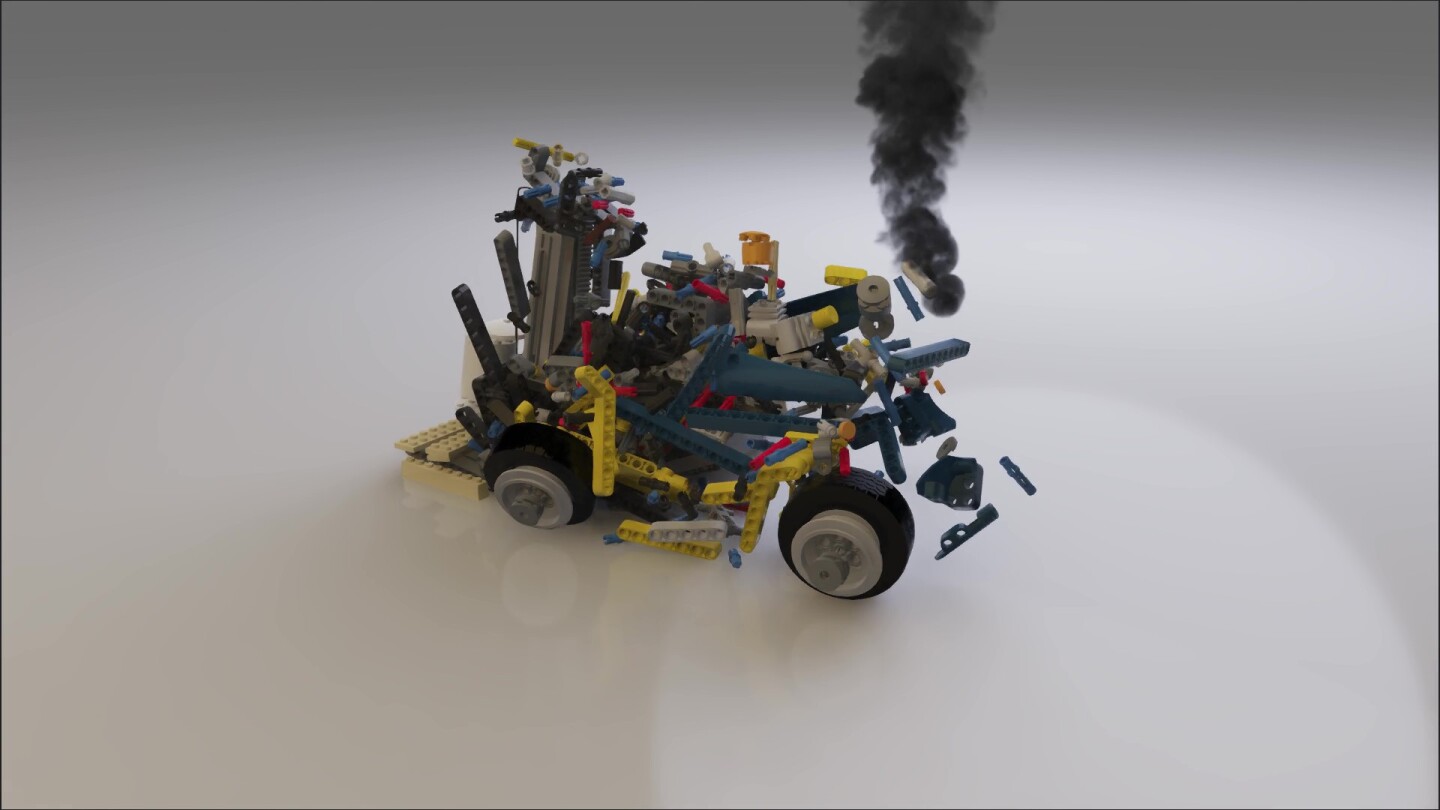Overview
The Omniverse platform is designed for maximum flexibility and scalability. The platform consists of five core components.
Component |
Name |
Description |
|---|---|---|

|
Omniverse Nucleus |
Collaboration service which enables a variety of Omniverse Enterprise-enabled client applications (Apps, Connectors, and others) to share and modify authoritative representations of virtual worlds in USD. Omniverse Nucleus is built for collaboration across multiple users. |

|
Omniverse Connectors |
Omniverse Connectors open the portals that allow popular content creation tools to connect to the Omniverse platform and save USD and MDL content. With Omniverse Connectors, users continue to work in their favorite industry software applications. Libraries that allow client applications to connect to Omniverse Nucleus, publish and subscribe to individual assets and worlds. Connectors are provided for the most popular 3D applications, including 3ds Max, Maya, Revit, SketchUp, Rhino, and Unreal Engine 4. |

|
Omniverse Kit |
Toolkit for building native Omniverse applications, extensions,and microservices. |

|
Omniverse RTX Renderer |
An advanced, multi-GPU renderer based on NVIDIA RTX that powers both real-time ray tracing and referenced path tracing. |

|
Omniverse Simulation |
Powerful suite of tools and SDKs that simulate a physically accurate world, including PhysX 5, Flow, Blast for rigid and soft body dynamics, combustible fluid, smoke and fire, and fracture and destruction. |
Extensibility:
Omniverse apps, such as Omniverse Create or Omniverse View, are composed of a collection of specific Omniverse Kit Extensions. Extensions can be leveraged by developers in building their own workflows for faster time to development, with more regularly being created by NVIDIA or third parties. The collaborative possibilities will be endless.